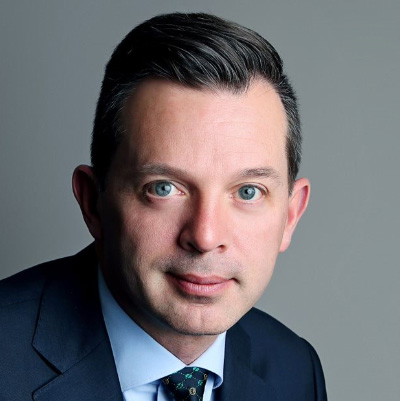Fidelity Investments
Fidelity Institutional offers investment insights, strategies, and solutions as well as trading and prime brokerage services, to a wide range of wealth management firms, asset managers, and institutional investors. Fidelity’s mission is to strengthen the financial well-being of our customers and deliver better outcomes for the clients and businesses we serve. With an AUA of $15.1 trillion, including discretionary assets of $5.9 trillion as of December 31, 2024, we focus on meeting the unique needs of a diverse set of customers. Privately held nearly 80 years, Fidelity employs 77,000+ associates who are focused on the long-term success of our customers.
William Johnson
Head of Institutional Large Market Sales
William.R.Johnson@fmr.com
773-454-4100
900 Salem Street
Smithfield, RI 02917






